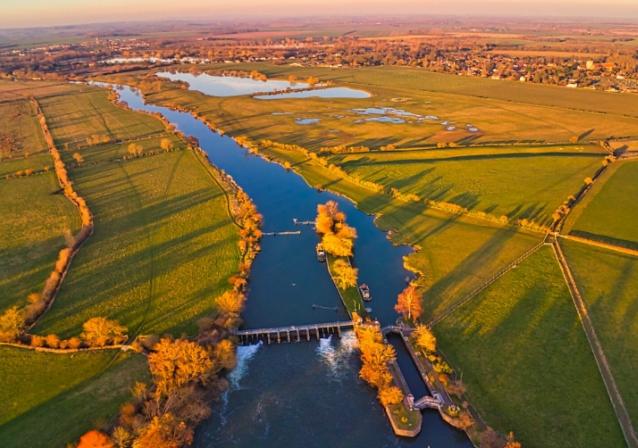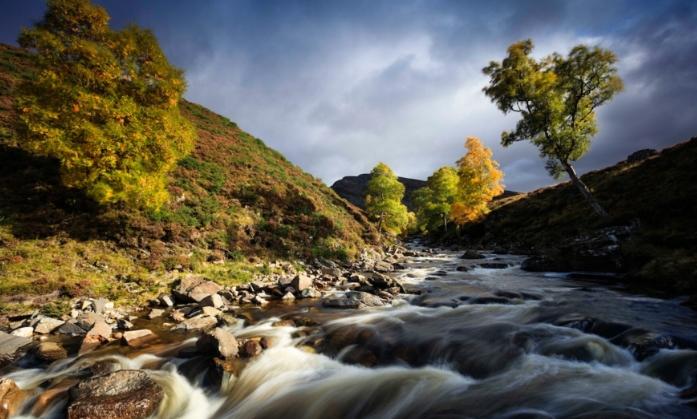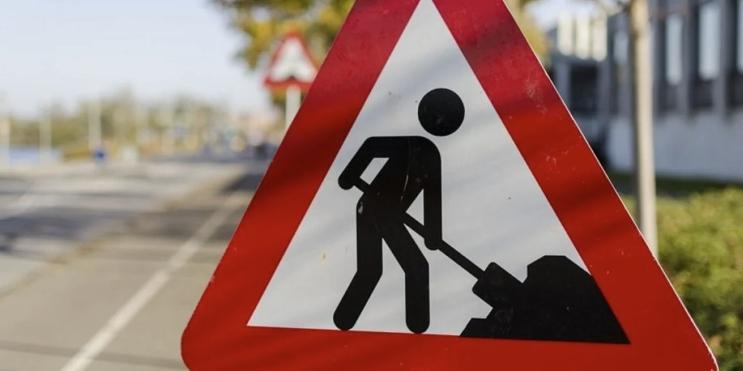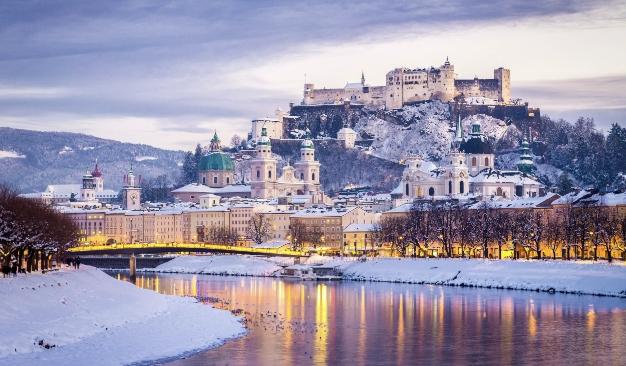The majestic dance of water as it cascades down a waterfall or flows along a river symbolizes untapped energy potential, a natural resource that could hold a key to addressing the modern energy crisis. Though the Greeks understood the power of water millennia ago, using it for tasks like grinding wheat into flour, small-scale hydroelectricity projects have largely been overlooked in recent times due to their associated costs and engineering complexity.
Fast forward to today, with climate change and an energy crisis casting long shadows over the globe, the pendulum is swinging back towards harnessing the power of Britain’s rivers. Kate Gilmartin, the new CEO of the British Hydropower Association, observes:
“People are looking at energy very differently right now. Energy security is at the top of the agenda.”
Despite boasting 1,560 hydropower schemes, less than 2% of the UK’s electricity needs are met by hydro power. The unique and location-specific engineering hydro requires has historically relegated it to the background, overshadowed by solar and wind energy.
However, changes in energy prices and policies are now making previously unfeasible hydro projects viable. Gilmartin points out that many mothballed hydro schemes are being reconsidered as energy prices rise. Additionally, the conversion of historic water mills into hydroelectric power stations offers a window of opportunity.

Yet, challenges persist. A substantial increase in permit fees by the Environment Agency and concerns from conservationists about the impact on ecosystems have been significant obstacles. Gilmartin counters:
“Archimedes screw turbines are fish friendly, and hydro projects usually include a fish ladder, so you’re actually improving upstream migration.”
As the UK transitions from fossil fuels, the strain on the National Grid’s ageing infrastructure becomes evident. With electricity demand surging, the grid is stretched thin. Gilmartin sees a solution in local energy generation and consumption.
“We need to be much cleverer about how we consume energy, by balancing everything more locally,” she asserts.
Here are three examples of pioneering, small-scale hydro projects that illuminate the path forward:
- Margam Country Park, Wales: This hydro scheme, one of the UK’s first, was restored to power the entire estate, generating around 25kW of energy.
- Tongue Gill, England: A $914175,00 (£750,000) hydro project in Cumbria, generating 100kW, enough to power the equivalent of 120 homes, exemplifying a profitable and environmental investment.
- Knoydart, Scotland: A community-run 280kW hydroelectric scheme, showcasing how isolation can breed energy resilience, free from mainland energy price volatilities.
With such projects illuminating the path, the future of hydro power in the UK might be brighter than anticipated. As Gilmartin concludes:
“Electricity is the lifeblood of society. We have to look really hard to tap into all the natural resources on our rainy, windy, tidal island nation.”



